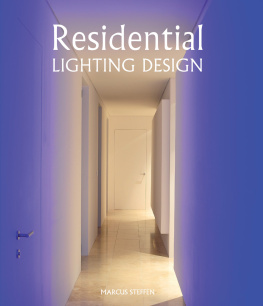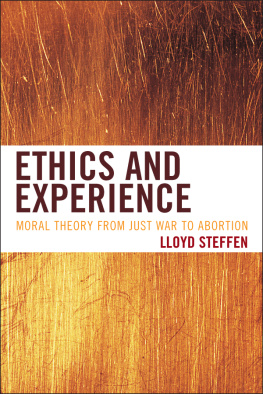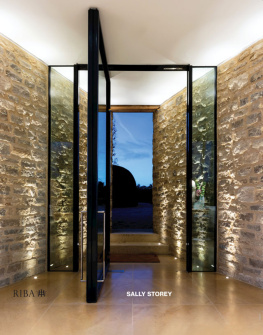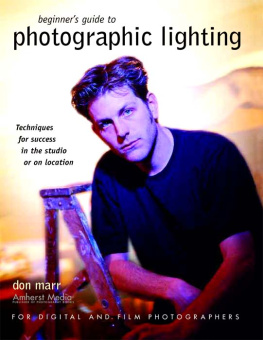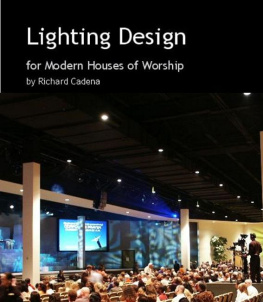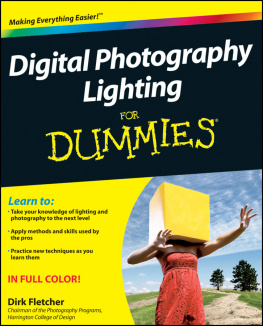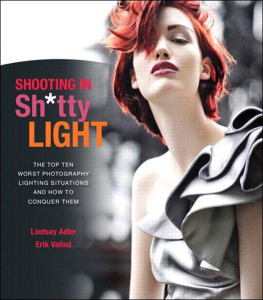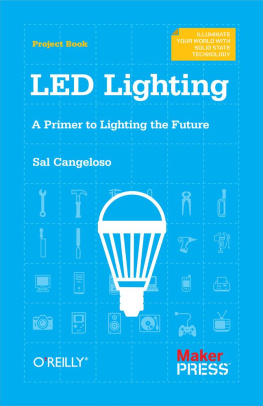LED strip set into a recess under the handrail illuminates the stairs, while pendants and wall lights provide general and effect lighting within the space.
Light is a complex medium with which to work. While light itself is understood by science, how it is perceived by humans is still not fully comprehended. Different people react to light in different ways, and it is important to be sensitive to what people like and dislike with certain properties of light.

LED lighting in a living room with an LED strip used as a guide light inthe hallway. (Photo: Mr Resistor)
Light, and this book deals only with visual light, is the emission of energy within a certain bandwidth range, known as the visual spectrum. The range of wavelengths is generally between 390nm and 700nm, though this can vary depending on the person. Light can be received directly from a light emitter, such as a lamp, but it can also be seen as a reflection from other objects. The colour of objects is determined by the light that is reflected from their surfaces, and thus received by the eye.
Light travels in straight lines, and so it is easy to predict where light will fall within a room. Standard mathematics can be used to determine if a light source will be visible and have a high glare, or if light will fall on a particular surface. When light travels through different materials, such as air and glass, then the direction of the light will change. Most of the time this is not relevant, but when lighting glass it is important to remember the principle of total internal reflection. If the light contacts the glass at a very shallow angle, almost parallel with the surface of the glass, then it will not penetrate it, but reflect off it and away, similar to a mirror. This is important to note, since in some cases it will not be possible to light through a piece of glass, such as a step, if the light is being transmitted next to it.

Daylight being broken as it passes through crystal door handles. (Photo: Marcus Steffen)
PROPERTIES OF LIGHT AND ELECTRICITY
Luminous Intensity
Luminous intensity is the measure of visible light in a particular direction per solid angle. The SI unit for luminous intensity is the candela (cd). This gives a good indication of the intensity of the light emitted from a lamp. Most lamps with a beam angle (generally up to 60) will have a peak intensity, or candela, value. This allows comparison between different lamps with a beam angle and gives an idea of the maximum light output.
Luminous Flux
Luminous flux is the measure of the visible light output of a light source (a lamp). The SI unit for luminous flux is the lumen (lm). Whereas luminous intensity deals with visible light emitted in a particular angle, luminous flux is the light emitted all around a light source. The lumen value is generally given for unidirectional lamps, such as fluorescent tubes and standard incandescent lamps. This is another way of comparing the light output between different lamps to see which is brighter.
Illuminance
Illuminance is the measure of luminous flux per unit area. The SI unit for illuminance is lux (lx). One lux is equal to one lumen per square metre. In most homes an illuminance level of between 100lx and 500lx is required, depending on the different areas in the home. A house would not be lit with 500lx through its entirety, as this may only need to be achieved on some work surfaces. Most residential lighting designs do not need or want measured illuminance levels, but it may be helpful to compare different lamps and the actual light output. Most lamp manufacturers produce a light cone, which shows the peak illuminance at different distances. These provide a quick comparison of the actual light output from a lamp, and show which is brighter.
Power
Power in lighting refers to the electrical power used by the lamps in the system. The SI unit of power is the watt (W). Almost all equipment will have a maximum wattage that it can control. Some will have a minimum wattage as well. It is important that these limits are observed, since if they are exceeded then it could mean early failure of either the light fittings or the equipment. For example, many dimmer switches have a maximum wattage of 250W. If the lighting circuit carries more than 250W, for example three 100W incandescent lamps, then this could cause the dimmer to overheat. It is normally acceptable to have less than the maximum wattage on lighting equipment, unless it is a fluorescent or metal halide lamp, in which case it must be matched.

